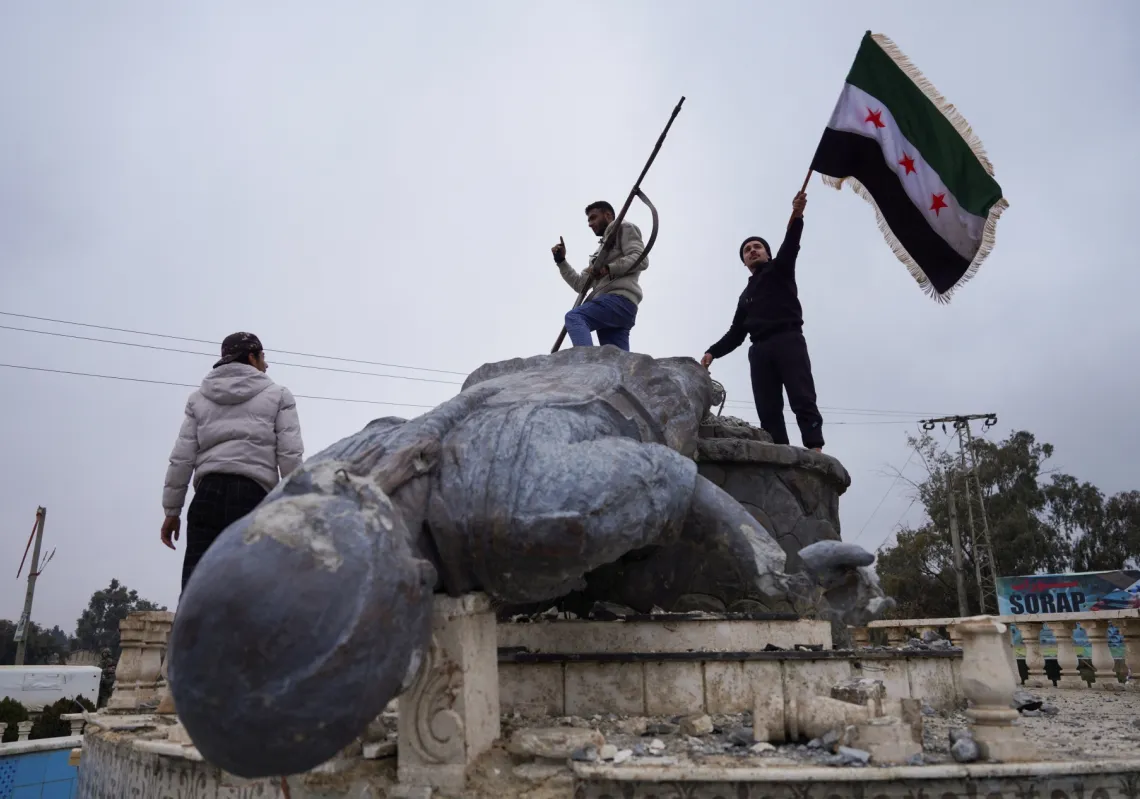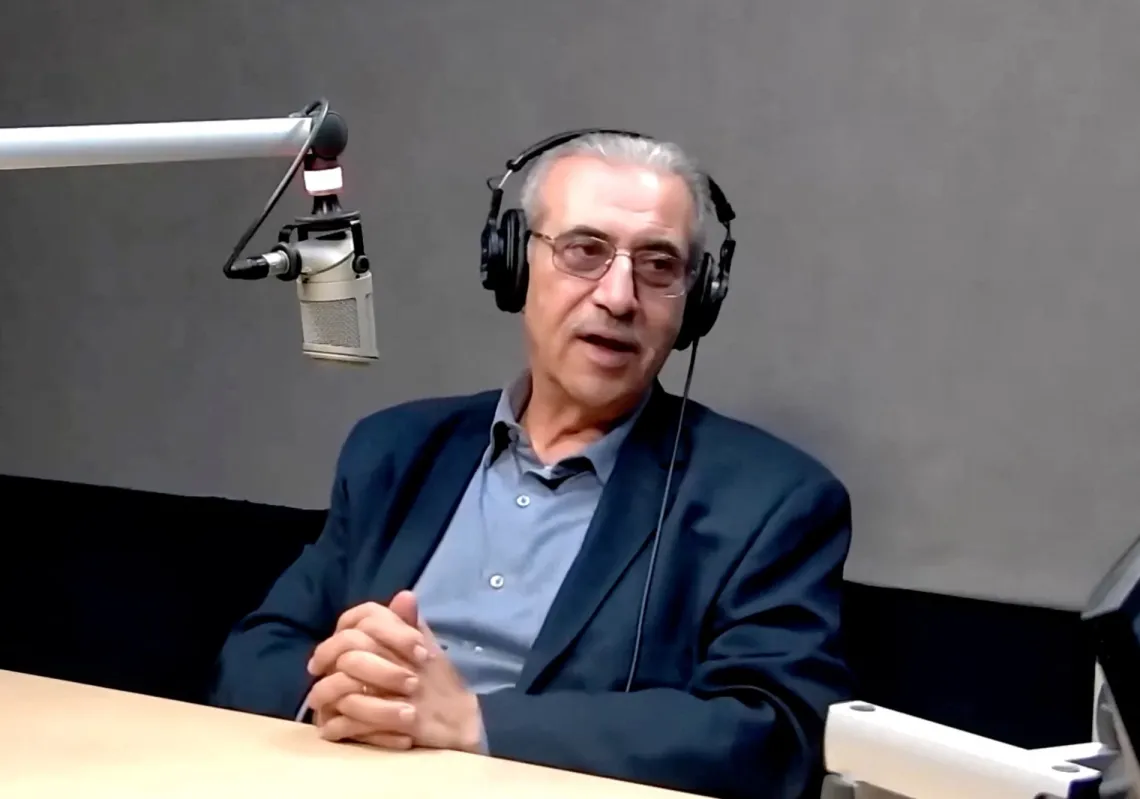With civil war raging in Sudan, the first screenings of a new film about Sudanese women’s suffering have been held outside the country, to highlight issues faced at home, from intimidation and displacement to rape and murder.
Heroic Bodies, first screened in Cairo, is a documentary from director Sara Suleiman that depicts how those horrors have been a part of life for Sudan’s women for so long.
The film uses powerful imagery to convey a clear message: life goes on through turmoil and suffering. It also suggests that chapters of the nation’s history are still to be written by Sudanese women, as they have been for decades.
In that sense, there is optimism in this documentary, made from a feminist perspective, on a difficult subject. Today, the country finds itself in dire straits. These are old wounds afflicting not just women in Sudan but around the Arab world.
Heroic Bodies defies expectations that it will be a bleak watch. While it covers the oppression, subjugation, and exploitation endured by women in the name of customs, traditions, and honour, it also highlights their resistance, both subtle and overt.
At certain moments, the film even invites us to laugh, as we listen to their testimonies, both personal and collective. We take it in with a mix of enjoyment and reverence, as if taking in a tale from our grandmother.
Academic foundations
The film is based on Suleiman’s academic research conducted at a university in London that produced the main body of work, titled The Politics of the Body in the Process of Liberation in the Sudanese Feminist Movement.
She realised that turning it into a film would mean a broader audience for her research, from the early 20th century to the early 1970s.














